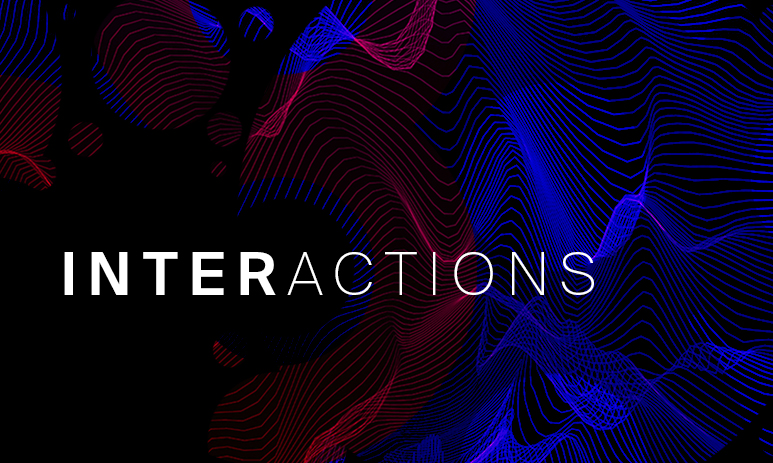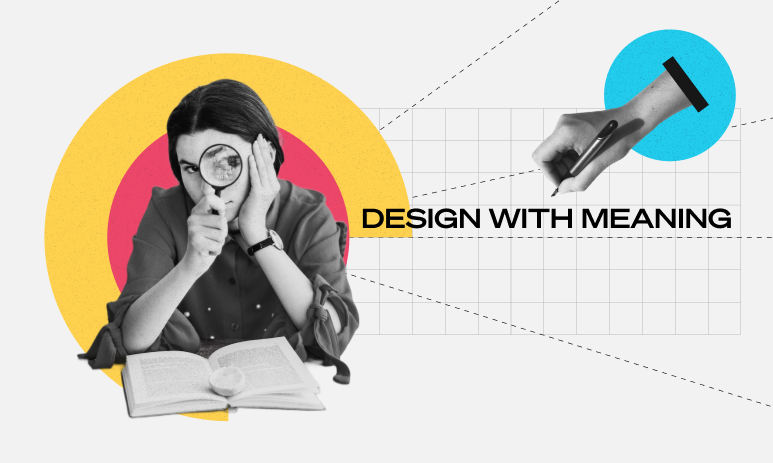Minimalism vs Maximalism: Striking the Right Balance in Branding
Related Services
Credits
If you’ve scrolled through your social feed these past months, it probably wasn’t long before you came across these startling images.
While minimalism champions simplicity and clarity, maximalism revels in abundance and extravagance. As brands navigate this spectrum, discerning when to employ each approach becomes pivotal. Striking the right balance can define a brand’s identity and its resonance with audiences.
Minimalism in Branding
Minimalism in branding is more than just a design choice; it’s a philosophy that prioritizes essence over excess. By focusing on the core message and stripping away the superfluous, brands can shine with clarity and sophistication. This approach ensures a timeless appeal and offers seamless scalability across various platforms, guaranteeing a consistent brand experience.
However, the rise of minimalism has its challenges. The market is awash with brands that, in their quest for simplicity, risk blending into a homogeneous landscape. This uniformity can dilute uniqueness, leading to designs that, while clean, might feel uninspired.
The psychological allure of minimalism stems from its ability to reduce cognitive load, making brand messages easier to digest. In today’s information-saturated world, consumers gravitate toward brands that offer clarity and simplicity, cutting through the noise. Minimalist designs, with their uncluttered visuals, can evoke feelings of trust, reliability, and elegance. In essence, the power of minimalism lies not in its restraint but in its resonance. It’s about making every design choice count. Brands embracing this approach must ensure their visuals are potent, capturing their essence without feeling hollow. The goal? A design that’s not just simple but also deeply meaningful.
Maximalism in Branding
In the vast spectrum of design, maximalism stands as the audacious counterpart to minimalism. It’s a celebration of abundance, where designs are vibrant, rich, and layered with elements. Maximalism in branding is akin to a sensory feast, offering audiences a plethora of visual stimuli, each element vying for attention.
The allure of maximalism lies in its ability to captivate. Its eye-catching designs are not just vibrant but are teeming with expressive potential. When executed right, maximalist designs can be unforgettable, etching themselves in the audience’s memory. They offer brands the chance to be daring, to break the mold, and to truly stand out in a crowded marketplace.
However, with great power comes great responsibility. Maximalism’s strength can also be its Achilles’ heel. The risk of overwhelming the audience is real. A design too cluttered can lead to confusion, and its vibrancy can sometimes alienate those who prefer subtlety. Maintaining brand consistency becomes a Herculean task, and the complexity of execution can be daunting.
In conclusion, maximalism is a double-edged sword. While it offers brands the chance to be truly unique, it demands a meticulous balance. It’s best suited for specific campaigns or one-off designs where brands can afford to take risks. For those willing to tread this path, the rewards can be immense, but the journey requires careful navigation.
Blending the Best of Both Worlds
Navigating the design continuum, there lies a sweet spot where minimalism and maximalism converge, offering brands a unique opportunity to harness the strengths of both. This harmonious blend allows brands to maintain a clear, consistent foundation while sprinkling elements of vibrancy and individuality. In essence, the fusion of minimalism and maximalism can be a game-changer. It requires brands to be rooted in their foundational design principles while being flexible enough to embrace change and innovation. The result? A brand experience that’s both familiar and refreshingly new.
Conclusion
In the ever-evolving design landscape, both minimalism and maximalism offer unique strengths. Brands must introspectively assess their goals, audience, and core message to strategically choose their design direction. Remember, in today’s diverse visual culture, both design philosophies have their rightful place; the art lies in knowing when and how to wield them.


